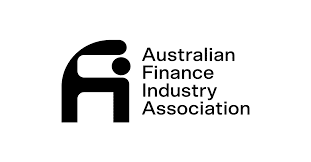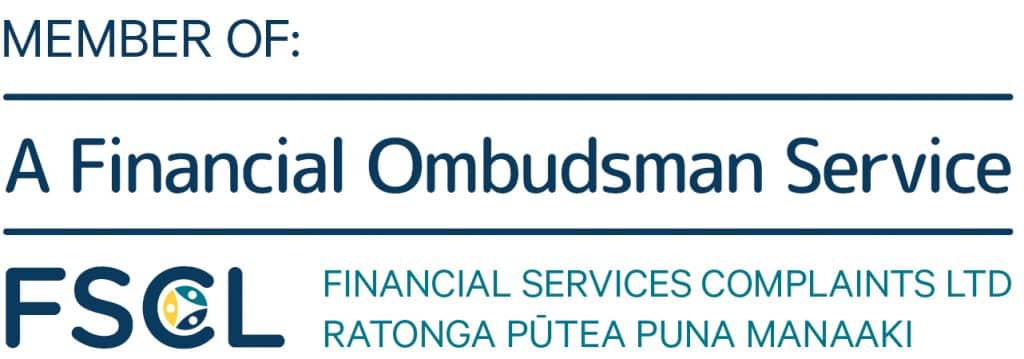Who doesn’t want to get rich quickly? Answer: Operators of get-rich-quick schemes.
We’d all like that, especially when you can sit back and relax once you invest while a money manager does all the rest. That’s why get-rich-quick schemes are so seductive.
Unfortunately, if it sounds too good to be true it probably is. If you are a victim of fraud and you cannot get a refund, you can, under certain circumstances, apply for a chargeback.
The term “get-rich-quick scheme” was coined over a century ago, but they’ve probably been around as long as money itself. The phenomenon gained notoriety in the United States after 1899. In that year, a Brooklyn bookkeeper turned conman by the name of William F. Miller bilked investors out of $1 million (the equivalent of $30 million today). Miller promised his victims impossibly huge returns in very little time. Despite the enormity of his crime, you’ve probably never heard of a Miller scheme. That’s because someone came along who outdid him.
Ponzi Re-Invents Get-Rich-Quick Schemes
In the 1920s, an American swindler named Charles Ponzi left his mark on the history of crime. Ponzi first amassed capital by legally purchasing large numbers of international postal reply coupons. He bought them in post-World War I Italy, where they were cheap, and then sold them off in the U.S., where they were much more expensive. His success in arbitrage then attracted investors. But eventually the market for postal reply coupons collapsed. As a result, it was no longer possible to make a profit by reselling the coupons, which until then provided the funds to pay dividends to his initial investors. Instead, with or without any knowledge of Miller’s scheme, he perfected the method by paying their dividends with money he received from new investors.
Of course, the charade collapsed from its own weight once the dividends that existing investors were expecting exceeded the amount of money flowing in from the new ones. Ponzi built his business model step by step like a pyramid by adding new blocks of investors atop of the veteran ones. Therefore, it quickly became known as a pyramid scheme. Eventually, the concept became synonymous with his name in popular culture as well. Get-rich-quick, pyramid and Ponzi schemes soon spread around the world.
Ponzi is long gone but the types of schemes he lent his name to are more widespread now than they have been for some time. In 2019, a total of 60 Ponzi schemes were discovered by state and federal law enforcement officials in the United States alone. Those 60 Ponzi schemes, moreover, represented the largest number uncovered in a decade, and they scammed investors out of $3.25 billion. That represented a growth rate of more than 100 percent over the previous year.
In September 2020, for example, the U.S. Securities and Exchange Commission (SEC) charged a Northern California real estate executive with operating a Ponzi scheme that misappropriated $26 million out of the $330 million he raised from more than 1,300 investors, many of whom were senior citizens and retirees, in order to buy himself a vacation home and invest in a land speculation deal that ultimately went bust. And in January 2021, the SEC accused a suburban Detroit man of using at least $10 million of the $26.4 in fraudulent investments contracts he signed to play the Michigan Lottery.
In August 2021, a Pennsylvania court sentenced a fundraiser to 18 years in prison for his part in a $54 million green energy Ponzi scheme. The two founders of the scam green energy company, Mantria, were previously convicted and sentenced to prison terms as well. Among the people they fooled was Bill Clinton, who honored their supposed commitment to the environment at a 2009 ceremony sponsored by the Clinton Global Initiative.
Want to Buy a Bridge in Brooklyn?
It’s now a cliché and the butt of an often repeated joke. But there actually was someone who sold the Brooklyn Bridge to unsuspecting tourists. Not once, but many times. Twice a week on average for a number of years, in fact. And if those same visitors to New York weren’t interested in a bridge, he had a variety of other local landmarks in his fake real estate portfolio as well. George Parker (1870-1936) successfully conned tourists out of their money by convincing them to buy the original Madison Square Garden, the Metropolitan Museum of Art, Grant’s Tomb, and even the Statue of Liberty.
Want to Buy The Eiffel Tower?
Victor Lustig (1890-1947), knowingly or not, took Parker’s business model to new heights, literally. Born in the Sudetenland in what is now the Czech Republic, he was fluent in a number of languages. He was to put them to good use as a conman on both sides of the Atlantic.
Lustig’s most infamous feat came after World War I, when he impersonated a corrupt French official who was looking for a bribe to sell off the Eiffel Tower as scrap metal. While that now sounds ludicrous, it was believable back then. The Eiffel Tower was originally built as a temporary structure. It was in need of major repairs by the time Lustig laid eyes on it. So he sent off official-looking proposals to scrap metal dealers. He ultimately found one who was familiar with the prevailing moral turpitude of French bureaucrats, and forked over the money.
It’s hard for a man on a roll to stop, so Lustig attempted to sell the landmark a second time. Unfortunately, his intended victim was more astute and informed the police. Lustig avoided capture by fleeing to Vienna. He was eventually arrested in the U.S. for counterfeiting and died in prison. Among his other accomplishments, he conned Al Capone out of $5,000 and sold money-printing machines to wannabe counterfeiters that broke down immediately after they started to work.
Out-of-This-World Get-Rich-Quick Schemes
Why stop with a bridge in Brooklyn or scrap metal in Paris? Today you can go online and purchase stellar real estate on the moon, Mars or even Venus. Get rich quick schemes that are out of this world. You can take your pick of any one of a number of sites, some of which actually claim to hold trademarks, copyrights and even licenses that enable them to sell it to you. It’s all nonsense, but you will get an official-looking certificate, which is something that neither Parker nor Lustig ever presented to their victims.
The New Generation of Get-Rich-Quick Schemes
In the digital age, with the real possibility of turning a garage-based tech startup into a billion-dollar company in just three years, get-rich-quick schemes are even more appealing than ever. Especially with the speed of digital money transfers, and the meteoric rise of bitcoin and other cryptocurrencies. In the social media sphere, pyramid schemes can go viral, as we have seen with the recent spate of “blessing loom” and “secret sister” scams. That explains to a large extent why get-rich-quick scams grew at the alarming rate of 70 percent in the second quarter of 2020 over the same time period the year before. While you could potentially get rich more quickly than ever before, you are more likely to get scammed even quicker. Watch out.
If you think you’ve been the victim of a get-rich-quick, pyramid or Ponzi scheme, contact the fund recovery experts at MyChargeBack.






